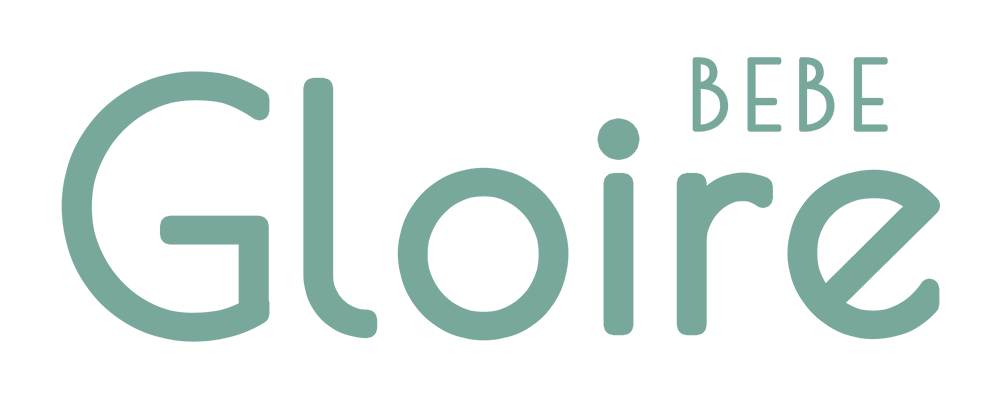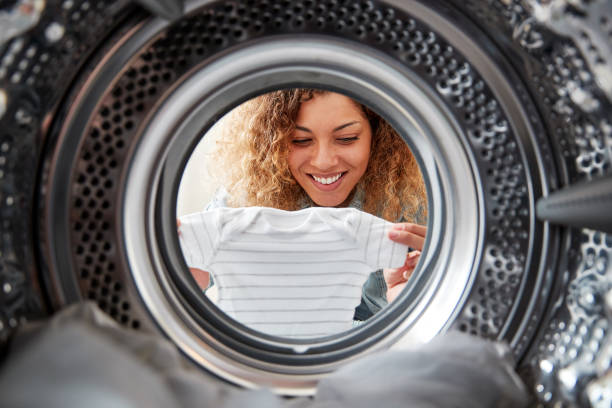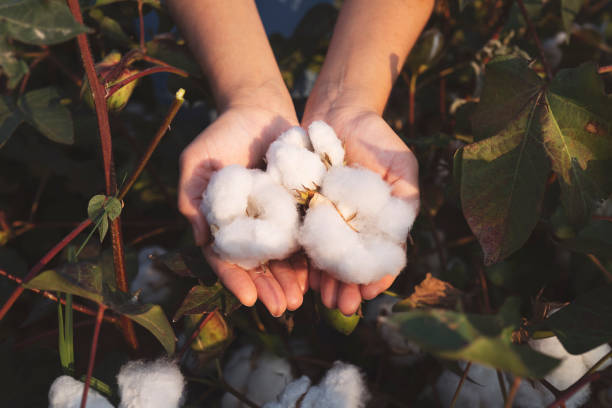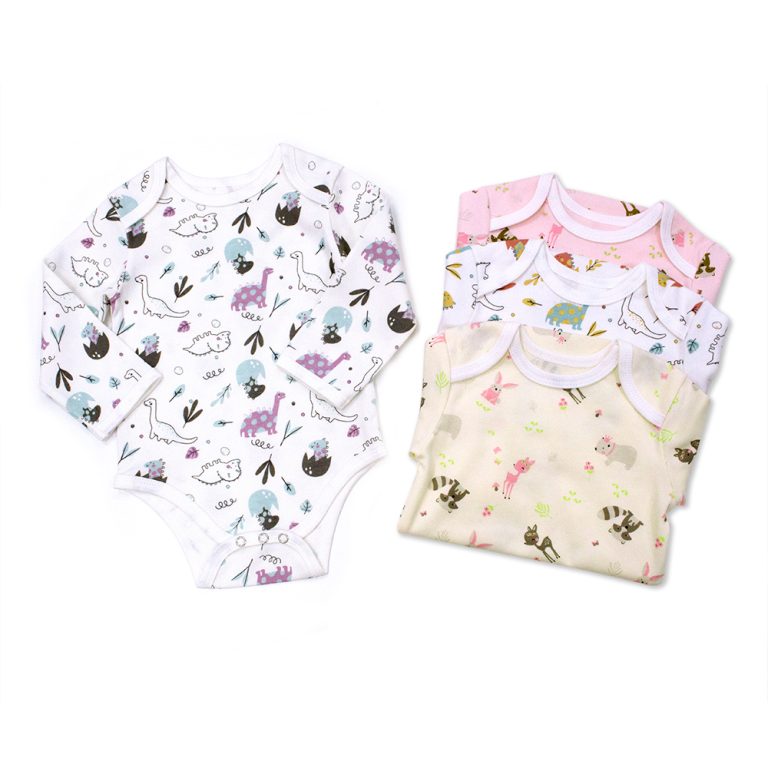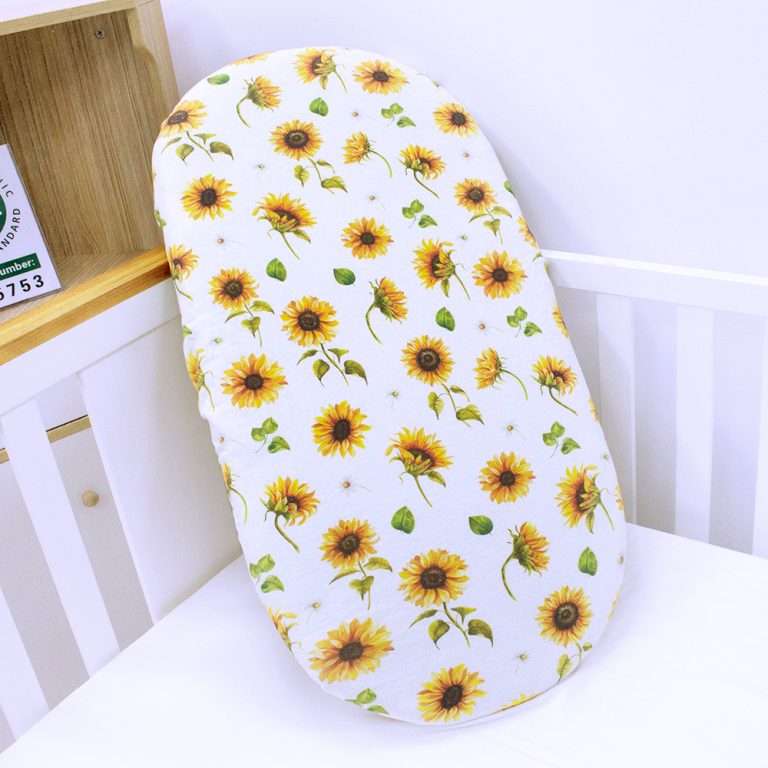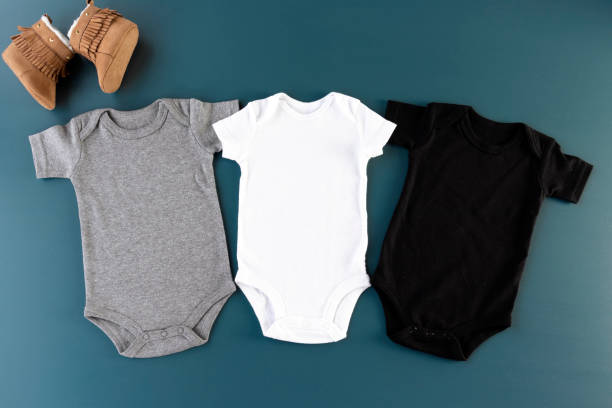Find China Baby Clothes/Textile Factory Vendor?
1. Define Your Requirements:
- Product Type: Specify the type of baby clothing or textiles you need (e.g., onesies, sleepwear, blankets, bibs, etc.).
- Quality Standards: Identify the required certifications (e.g., OEKO-TEX, GOTS, CE, ISO 9001, etc.).
- Order Quantity: Determine your order volume (small, medium, or large-scale production).
- Budget: Set a budget range to balance cost and quality.
- Customization Needs: Clarify if you need private labeling, custom designs, or specific packaging.
2. Use Trusted Channel Platform:
- Google: Searching on Google, Browse Vendor's Independent Website, and make a Preliminary Pudgment to select a few suppliers (such as 3-10)
3. Verify Vendor Credentials:
- Certifications: Ensure the supplier has relevant certifications, such as:
- OEKO-TEX Standard 100 (for safe, chemical-free textiles).
- GOTS (Global Organic Textile Standard for organic products).
- ISO 9001 (Quality Management System).
- BSCI (Business Social Compliance Initiative for ethical practices).
- Export Experience: Prioritize suppliers with a proven track record of exporting to your region.
- Customer Reviews: Check feedback and ratings from previous clients.
- Case Studies: Ask for examples of past projects or collaborations with reputable brands.
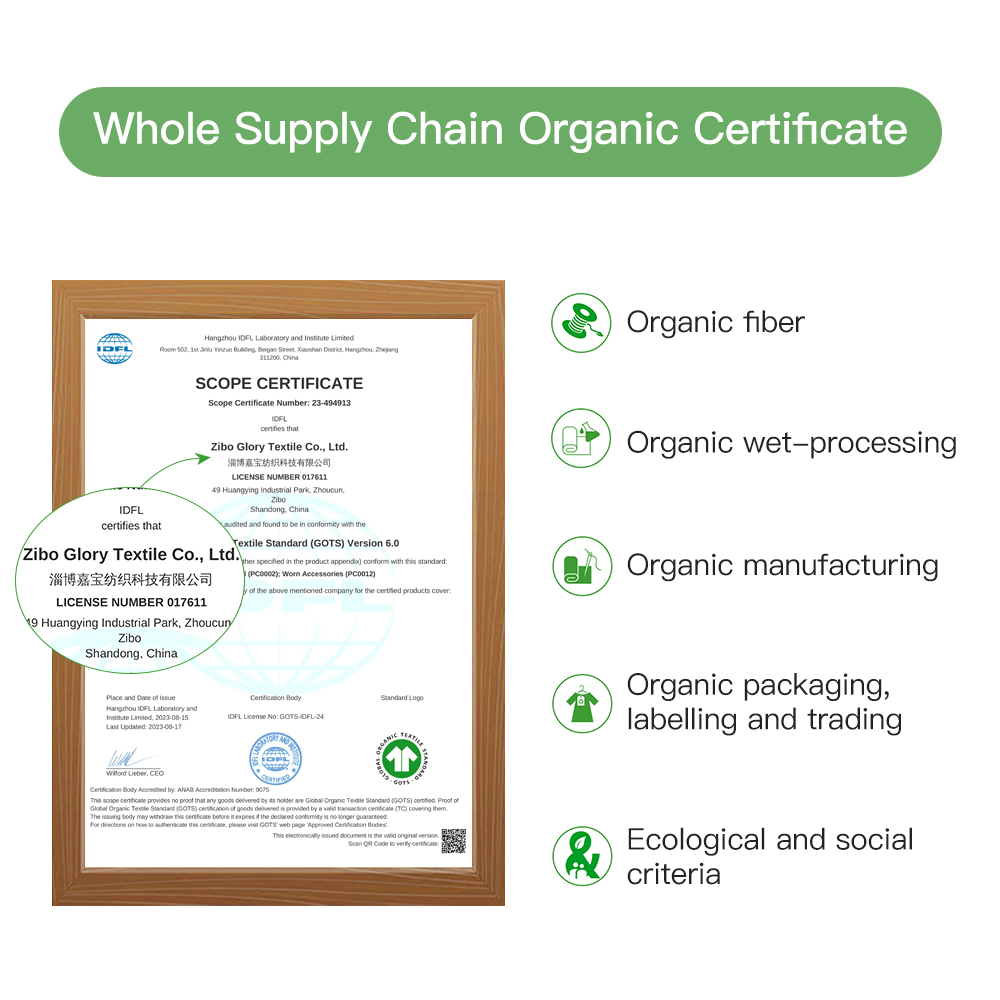
4. Conduct Factory Audits:
- On-Site Visits: If possible, visit the factory to inspect production facilities, equipment, and working conditions.
- Virtual Audits: Use video calls to conduct remote inspections if travel is not feasible.
- Key Areas to Check:
- Production capacity and machinery.
- Quality control processes and testing labs.
- Compliance with labor, safety, and environmental standards.
5. Request and Evaluate Samples:
- Sample Orders: Request samples to assess product quality, fabric comfort, and durability.
- Third-Party Testing: Send samples to accredited testing labs (e.g., SGS, Intertek, BV) to verify compliance with international safety and quality standards.
- Customization: Test the supplier’s ability to meet your specific design or labeling requirements.
6. Assess Production Capabilities:
- Capacity: Confirm the supplier’s ability to handle your order volume and meet deadlines.
- Lead Time: Understand production timelines and ensure they align with your schedule.
- Customization: Check if the supplier can accommodate custom designs, private labeling, or special packaging.
7. Ensure Strict Quality Control:
- Pre-Production Inspection: Verify the quality of raw materials before production begins.
- In-Process Inspection: Monitor production progress and quality during manufacturing.
- Pre-Shipment Inspection: Conduct a final inspection to ensure products meet your standards before shipping.
8. Compliance and Safety:
- Product Safety: Ensure products comply with safety standards in your market (e.g., EN71 for Europe, CPSIA for the USA).
- Eco-Friendly Requirements: Check if products meet environmental standards .
- Labeling and Packaging: Ensure labels and packaging comply with your market’s regulations.
9. Negotiate and Sign Contracts:
- Clear Terms: Include details on pricing, payment terms, delivery schedules, quality standards, and penalties for non-compliance.
- Intellectual Property Protection: Add clauses to protect your designs, branding, and proprietary information.
10. Arrange Logistics and Shipping:
- Reliable Logistics Partners: Work with trusted shipping companies or freight forwarders for sea/air shipments.
- Customs Documentation: Ensure the supplier provides complete documentation (e.g., commercial invoice, packing list, certificate of origin).
11. Build Long-Term Relationships:
- Regular Communication: Maintain open communication to address issues promptly and build trust.
- Feedback and Improvement: Provide constructive feedback to help the supplier improve product quality and processes.
- Long-Term Benefits: Establish a strong partnership to negotiate better terms, pricing, and priority service for future orders.
12. Tips for Success
- Start Small: Begin with a trial order to test the supplier’s reliability and product quality.
- Use a Sourcing Agent: Consider hiring a professional sourcing agent in China to help identify and vet suppliers.
- Stay Informed: Keep up with industry trends and regulations to ensure compliance and competitiveness.
By following these steps, International clients can find professional and reliable baby clothing and textile manufacturers in China, ensuring high-quality products, ethical practices, and a smooth supply chain.
